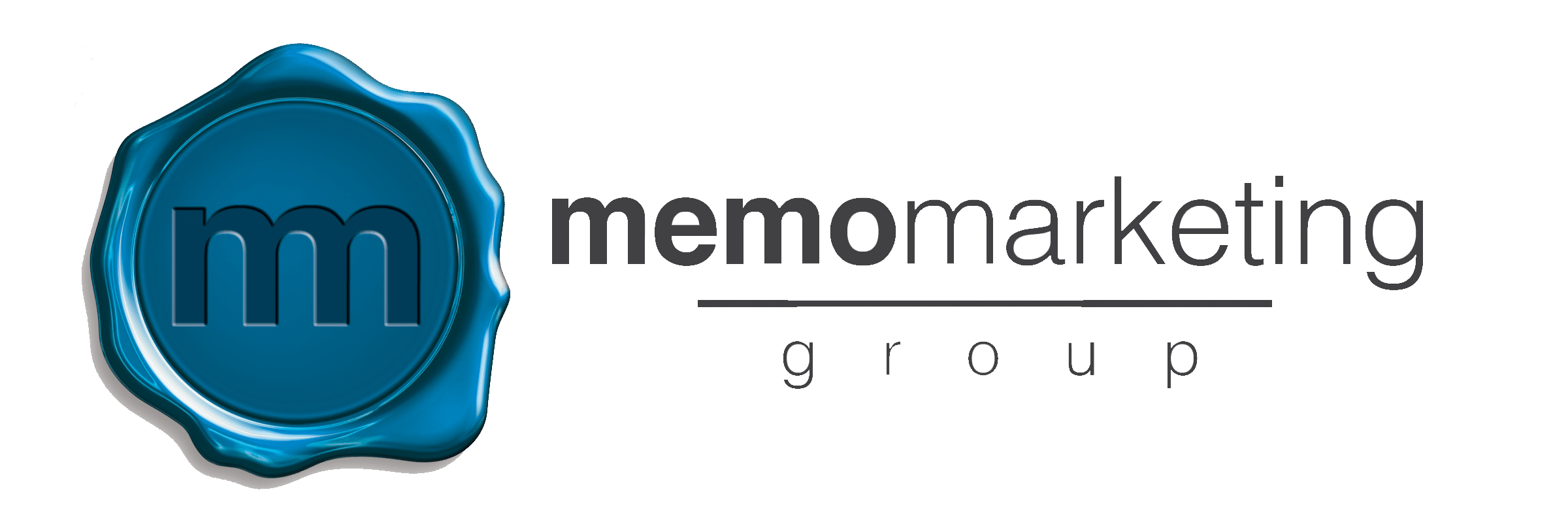Let’s cut through the noise right away: there’s no magic number for pipeline investment. But there are smarter ways to think about it.
The real question isn’t “How much should I spend?” It’s “How much do I need to spend to create predictable, sustainable growth?” And that answer depends on your business, your market, and honestly, how patient you can afford to be.
What Makes a Pipeline “Meaningful”?
A meaningful pipeline isn’t just full: it’s full of the right people at the right stage of their buying journey. It’s predictable. It converts. And most importantly, it grows your business without burning through cash like kindling.
For most SMBs and mid-market B2B companies, a meaningful pipeline means you can forecast revenue with confidence, your marketing qualified leads actually turn into opportunities, and your sales team isn’t constantly scrambling for their next conversation.
The magic happens when your pipeline becomes a system that works while you sleep, not a hamster wheel that demands constant feeding.
The SMB Reality Check
Here’s the truth: SMBs face a different game than enterprise companies. You don’t have unlimited budgets or teams of specialists. You need every dollar to count.
Most SMBs we work with start thinking about serious pipeline investment when they’re ready to scale beyond founder-led sales. That usually happens somewhere between $500K and $2M in annual revenue. Before that, you’re often better off perfecting your product-market fit and getting referrals humming.
But once you’re ready to build a proper marketing engine, the investment becomes non-negotiable. You’re not buying leads: you’re buying predictability.

The Real Drivers of Pipeline Budget
Your pipeline investment isn’t determined by what your competitor spends or what some blog post suggests. It’s driven by four key factors:
Your customer acquisition cost reality. If your average deal size is $5,000, your pipeline investment strategy looks completely different than if you’re closing $50,000 deals. Higher-value deals can support higher cost-per-lead, but they also require longer nurture cycles and more touchpoints.
Market maturity and competition. Crowded markets cost more. If you’re competing against established players with bigger budgets, you either need to spend more to compete or get smarter about targeting. Sometimes being the smaller fish means finding the smaller pond.
Sales cycle complexity. A 30-day sales cycle needs different pipeline investment than a 12-month process. Longer cycles require more content, more touchpoints, and more patience. But they also typically mean higher deal values and better customer lifetime value.
Internal capacity and systems. The best pipeline investment in the world won’t help if your team can’t handle the leads properly. Your budget needs to account for the people and processes that turn marketing qualified leads into revenue.
Hyper-Targeted vs. Broad: The Cost Reality
This is where most companies make expensive mistakes. They think broader reach automatically means better results. It doesn’t.
Broad targeting often feels safer: cast a wide net, catch more fish. But in B2B marketing, you’re not fishing with nets. You’re building relationships with specific people who have specific problems you can solve.
Hyper-targeted campaigns typically have higher cost-per-click and cost-per-lead, but dramatically better conversion rates. A $50 lead that has a 15% close rate beats a $10 lead that closes at 2%. The math isn’t complicated, but it requires patience to see it play out.
The DirectReach Method™ we use focuses on this precision targeting because it’s more cost-effective in the long run. You spend more upfront to reach the right people, but you waste less money nurturing leads that were never going to buy.

Signs You’re Spending Enough (Or Not)
You’re spending enough when:
- Your sales team consistently has qualified conversations scheduled
- Your cost per marketing qualified lead is predictable month over month
- You can forecast pipeline contribution 2-3 months out
- Your conversion rates from lead to opportunity are stable or improving
You’re not spending enough when:
- Your sales team is making cold calls to fill their calendar
- Lead flow is inconsistent and unpredictable
- You’re constantly worried about next month’s pipeline
- Your marketing qualified leads aren’t actually qualified
You’re spending too much when:
- Your cost per acquisition exceeds your customer lifetime value
- You’re generating more leads than your team can properly nurture
- You’re bidding against yourself in paid channels
- Your close rates are declining despite more lead volume
A Practical Framework for Budget Planning
Start with your revenue target and work backward. If you need $1M in new revenue next year, and your average deal size is $10,000, you need 100 new customers. If your marketing qualified lead to customer conversion rate is 10%, you need 1,000 qualified leads.
Now the question becomes: what does it cost to generate 1,000 leads that will actually convert at 10%?
For most SMBs in competitive B2B markets, expect to invest 15-25% of target new revenue in pipeline generation. So for that $1M goal, you’re looking at $150,000-$250,000 in total pipeline investment.
But here’s the critical part: that investment includes everything: paid media, content creation, marketing automation, sales development, events, and the team to manage it all.

The Monthly Reality
Pipeline investment isn’t an annual lump sum. It’s a monthly discipline. Most successful SMBs we work with invest $10,000-$50,000 monthly in pipeline generation, depending on their target market and deal size.
That might sound like a lot, but consider this: if you’re closing $25,000 deals and need two new customers per month to hit your growth targets, spending $20,000 to generate $50,000 in new revenue is a solid return.
The key is consistency. Pipeline investment is like compound interest: the results build over time. A $15,000 monthly investment might generate 30 leads in month one, but 60 leads by month six as your content library grows and your targeting improves.
When to Double Down (And When to Pull Back)
Double down when you’re seeing consistent conversion rates and your sales team can handle increased volume. The biggest mistake is scaling too slowly when you’ve found a formula that works.
Pull back when your conversion rates drop significantly or your sales team is overwhelmed. More leads aren’t always better leads, and a backed-up pipeline converts worse than a smaller, well-managed one.
The MEMO Approach: Quality Over Quantity
At MEMO Marketing Group, we’ve seen too many companies burn through budgets chasing vanity metrics. Our focus is on building pipelines that convert, not just pipelines that look impressive on reports.
The DirectReach Method™ emphasizes precision targeting and relationship building over volume. It costs more per lead, but those leads are more likely to become customers. And ultimately, customer acquisition is what matters.
Making It Work for Your Business
Your pipeline investment should feel sustainable, not desperate. If you’re betting the farm on marketing results, you’re probably overspending. If you’re tiptoeing around budget constraints, you’re probably underspending.
The right investment level is the one that generates predictable results you can build on. Start with what feels manageable, measure everything, and scale what works.
Remember: building a meaningful pipeline isn’t about spending the most money. It’s about spending money most effectively to build relationships with people who need what you offer.
That’s a strategy that works at any budget level.

